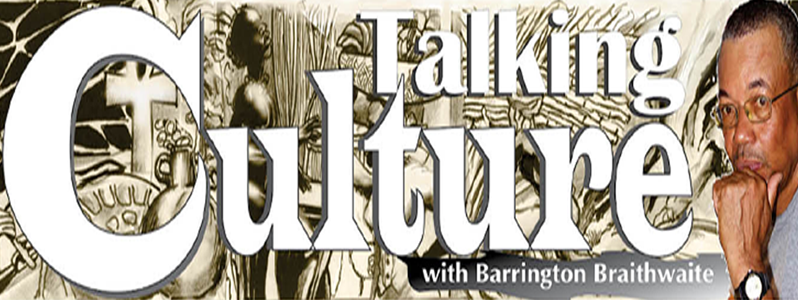WHAT were the activities recorded by 17th Century biographers who visited the savage realms of slavery? What humane activities were allowed and existed to create a semblance of normalcy?
In revisiting some of those scribes over the years, I found some facts that I would like to share; accounts from the literature of the day that cast light on drama and entertainment. One such author described American performers, whom he referred to as strolling players, who entertained as they travelled.
“Twice during my six-year stay, they came to Stabroek, having previously made a tour among the islands. The company consisted of but four or five persons. They had charted a vessel in New York, embarking with a cargo of canvas palaces and painted forests, crowns and daggers, sceptres and chains, the purple attire of majesty, and the motley foppery of folly. At Grenada and Barbados, they unpacked their portable theatre and were well received with applause.”
The author noted that, despite charging two dollars for each performance, the troupe had managed to draw large audiences. During their travels, they had also enlisted Afro-Caribbean actors from the French islands. However, in his commentary, the writer reflected the biases of his time, stating:
“There are few Moorish characters on our [European] stage, except Othello, Juba, and Oroonoko, which they could personate with propriety. In an illiterate community, which can only learn through the ear, drama is an important engine of instruction.”
 — Henry Bolingbroke, A Voyage to Demerary (1799–1806)
— Henry Bolingbroke, A Voyage to Demerary (1799–1806)
However, despite the significance of such performances, racial prejudice often overshadowed even the most evident contributions of Afro-Caribbean individuals.
Turning to The Story of Georgetown by James Rodway, we find an informative document outlining the shaping of wards and villages. However, in the context of relating Georgetown’s human history, Rodway’s perspective is questionable. One particularly striking passage describes the opening of a panorama of Stabroek in 1811 on the site of the present waterworks:
“Mr. Bryant, portrait and scene painter, was the parent of the work, the only instance of its kind ever known where an individual undertook such a task without any assistance, except the mere automaton help of a ‘slave’.”
The casual dismissal of the contribution of enslaved individuals reflects the prejudices embedded in historical accounts. Interestingly, the same Mr. Bryant later published A History of the East Coast Insurrection in 1824, illustrated by lithographs, the only illustrated book ever produced entirely in the colony.
Accompanying this article is an image from Bryant’s work, demonstrating that such efforts required more than mere “automaton help” but rather the skilled artistry of individuals whose names history has largely erased.
However, it was not Bryant’s narrative alone that carried this dismissive tone. In White Debt, author Thomas Harding provides a synopsis of James Rodway, shedding light on his biases and those of Bolingbroke. Harding’s book should be a staple in any library for readers interested in understanding the true foundations of our nation.
Stay wise and seek to understand the society we live in.



.jpg)









